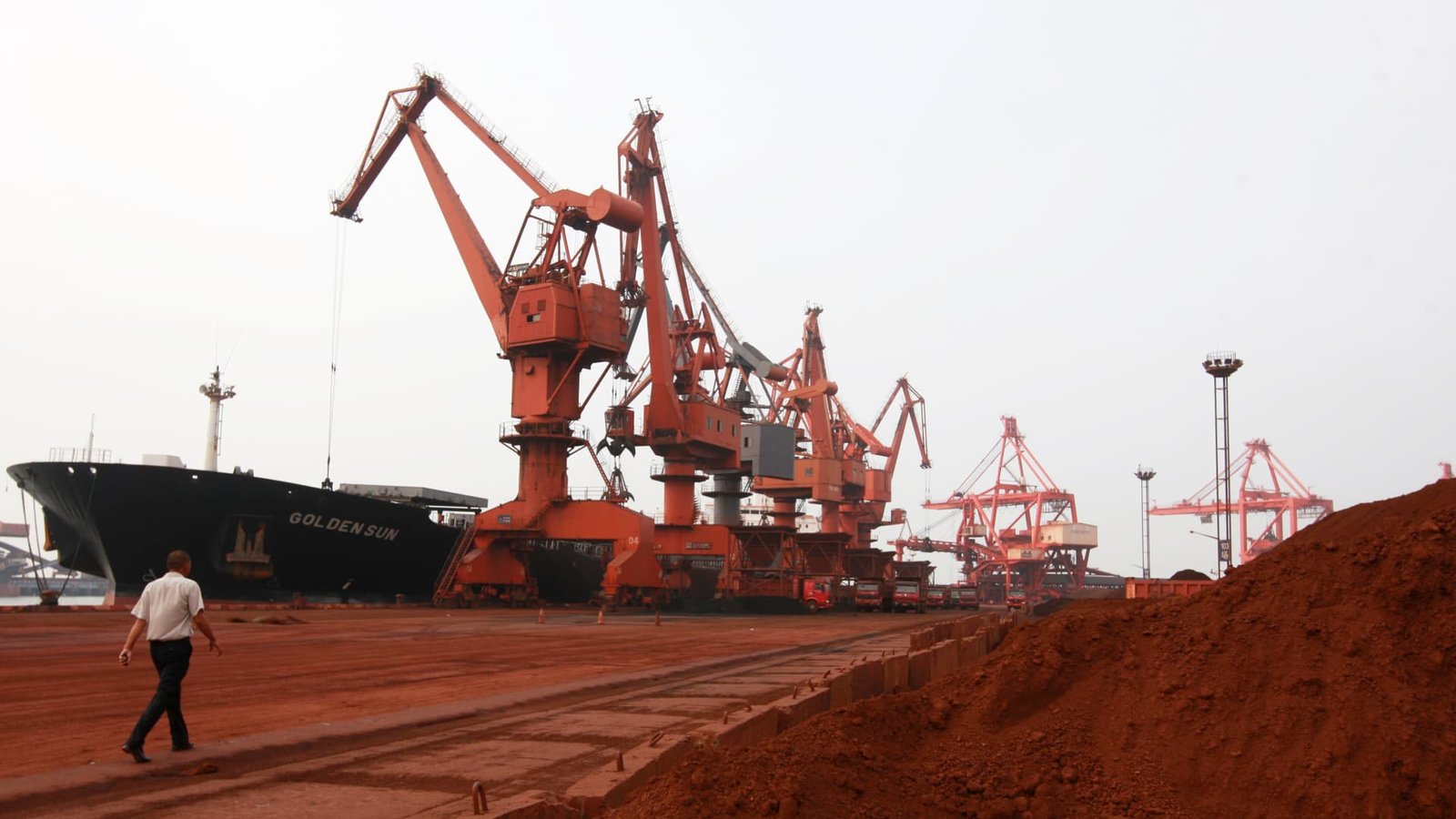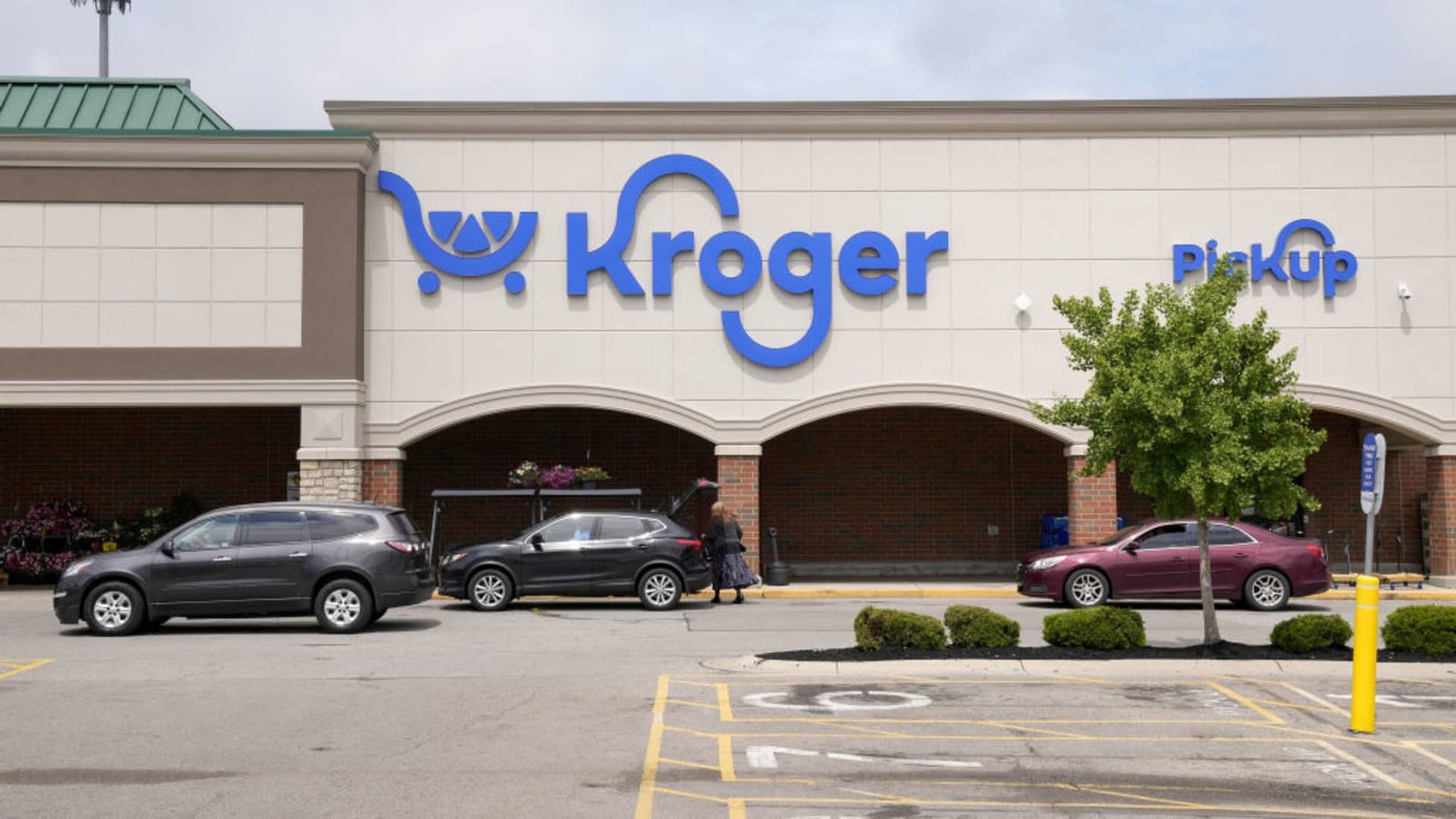Bulldozer scoop soil containing various rare earth to be loaded on to a ship at a port in Lianyungang, east China’s Jiangsu province on September 5, 2010, for export to Japan.
Str | Afp | Getty Images
Japan has been quietly blazing a trail for supply chain resilience.
Long before China in early April imposed an export ban on several rare earth elements and magnets widely used in the automotive, robotics and defense sectors, Japan became something of a canary in the coal mine for Beijing’s mineral dominance.
The East Asian country was thrust into panic mode in 2010 when China implemented an export ban on rare earths that specifically targeted Tokyo following a heated territorial dispute.
The embargo only lasted for around two months, but it was enough to incentivize the world’s fourth-largest economy to change its approach to supply chain security.
Alongside stockpiling, recycling and promoting alternative technologies, Japan has since invested heavily into non-China rare-earth projects — notably Australia’s Lynas, the world’s largest rare earth producer outside of China.
As a result, Japan’s overall dependence on Chinese rare earths has dropped to below 60% from more than 90% at the time of the incident, according to data provided by Argus Media.
Jonathan Rowntree — CEO of Niron Magnetics, which produces rare earth-free permanent magnets — said the U.S.-based company was born a decade ago following the world’s first rare earth crisis that “had a particularly significant impact on Japan, albeit less so on the rest of the world.”
“Because of that, Japan’s actually much more prepared this time around than most other countries,” Rowntree told CNBC by email.
“They’ve stockpiled more, invested in Lynas, and secured Western rare earth supply to meet some of that demand through a combination of Lynas, the Australian mines, and their Malaysian processing facility,” he added.
Japan reportedly plans to further reduce its reliance on Chinese rare earth imports to below 50% this year. CNBC has reached out to the Japanese government for comment.
A worker prepares to tie up the Japan Oil, Gas and Metals National Corp.’s (JOGMEC) marine resources research vessel, Hakurei, at a pier in Tokyo, Japan, on Wednesday, March 21, 2012.
Bloomberg | Bloomberg | Getty Images
China is the undisputed leader of the critical minerals supply chain, producing nearly 70% of the world’s supply of rare earths from mines and processing almost 90%, which means it is importing these materials from other countries and refining them.
Western officials have repeatedly flagged Beijing’s supply chain dominance as a strategic challenge, particularly given that critical mineral demand is expected to grow exponentially, as the clean energy transition picks up pace.
Japan’s supply chain transformation is seen as both a template for Western nations — and a stark reminder of just how difficult it is to escape China’s critical mineral orbit.
has announced breakthroughs in two heavy rare earths, claiming to have produced them outside China for the first time.
Donald Trump‘s tariff increase on Beijing’s products.
“When the tariff war started and tariffs were put on China, the first thing that China did was say ‘we’re going to stop exporting rare earths.’ A few weeks later, we couldn’t manufacture a car in America or in Europe, so it is a real problem,” Eldur Olafsson, CEO of Greenland-focused mining company Amaroq, told CNBC’s “Europe Early Edition” on Thursday.
“No country in the Western world wants one country to corner the market,” Olafsson said.
Western auto industry groups have been hit particularly hard by the export curbs, with many increasingly concerned about production outages.




